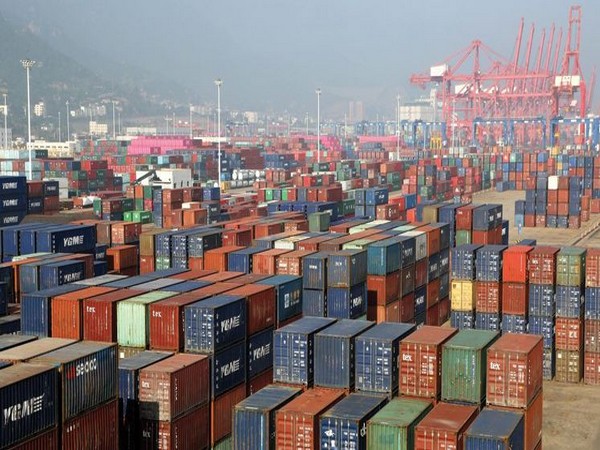Flexible Trade Wins: US Slashes Tariffs for Reciprocal Gains
The US administration adopts a dynamic trade strategy, offering reduced tariffs to countries that promise reciprocal benefits. Deals involve lower tariffs for nations like the UK, EU, and Japan in exchange for increased US imports or investments. Emerging markets enjoy similar perks, boosting US exports and investments.

- Country:
- India
The United States has embraced a more flexible trade approach, offering reduced tariffs to nations that commit to reciprocal advantages such as enhanced purchases of American goods, the elimination of trade barriers, or investments in US industries. This strategic shift is outlined in a 'Fact Sheet' by Bank of Baroda Economist Aditi Gupta, highlighting developments in US trade agreements.
As anticipated tariff hikes became effective on August 1, the US expedited a series of trade agreements. Countries like the UK, Indonesia, Japan, and the EU successfully negotiated lower tariff rates than initially imposed. The UK, for instance, secured a 10% reciprocal tariff by opening its market to US agricultural exports and easing non-tariff barriers on manufactured goods.
Indonesia witnessed its tariffs reduce from 32% to 19%, following promises to abolish nearly all tariffs on US products and purchase $22.7 billion worth of US goods. Meanwhile, Japan's tariff lowered to 15% from a proposed 24%, in exchange for a substantial $500 billion investment in US industrial sectors and increased imports of American agricultural and aviation products.
The EU also negotiated a tariff reduction to 15%, instead of the proposed 30%, while committing to purchase $750 billion in US energy and invest $600 billion over three years. Emerging markets, such as Vietnam and the Philippines, benefited from reduced tariffs and duty-free access for US goods, offering improved access and reduced duties for American exports in exchange.
The United Kingdom was the first significant economy to finalize a deal with the US on May 8, 2025, termed the Economic Prosperity Deal (EPD). It maintained the 10% reciprocal tariff but provided targeted relief by enabling US agricultural exports worth up to $5 billion, including ethanol, to access UK markets. In return, the UK obtained exemptions on auto tariffs for up to 100,000 vehicles annually and no tariffs on certain aerospace exports. Discussions on steel, aluminum, and pharmaceutical tariffs are ongoing.
Indonesia's agreement, completed on July 22, rolled back tariffs from 32% to 19% for its exports, while committing to eradicate tariffs on 99% of US imports. The deal also features a significant purchase of US products worth $22.7 billion. Japan concluded its Strategic Trade and Investment Agreement a day later, securing a 15% tariff, down from a proposed 24%.
In return, Japan pledged a remarkable $500 billion investment in US industries, along with increased imports of US agricultural and aviation products. On July 28, the EU reached a trade arrangement with the US, reducing tariffs on EU goods to 15%, down from the threatened 30%.
In exchange, the EU pledged to purchase $750 billion in US energy and invest $600 billion over three years. This deal also provides the US with zero-tariff access for industrial goods, although the punitive 50% tariff on steel and aluminum remains. The US has also secured deals with Vietnam, the Philippines, and South Korea. Vietnam's tariff was cut from 46% to 20%, with zero tariffs on US exports.
The Philippines gained similar duty-free access for the US, while South Korea agreed to a $350 billion investment and accepted a 15% tariff on its exports. Reflecting on these agreements, economist Gupta observed that the US seems to have adopted a more lenient stance in trade negotiations, considering the agreed tariff rate.
"For most nations, the agreed tariff rate is lower than the threatened rate during the Liberation Day announcement. The US government continues to focus on increasing market access for US agricultural and energy exports," she noted. Gupta concluded that while deals with developed economies include significant investment commitments, emerging markets primarily focus on enhancing market access for US goods.
"While advanced economies will adapt to new tariff rates through cost optimization, emerging markets will rely on tariff differentials to ensure their exports remain competitive," Gupta concluded.
(With inputs from agencies.)










